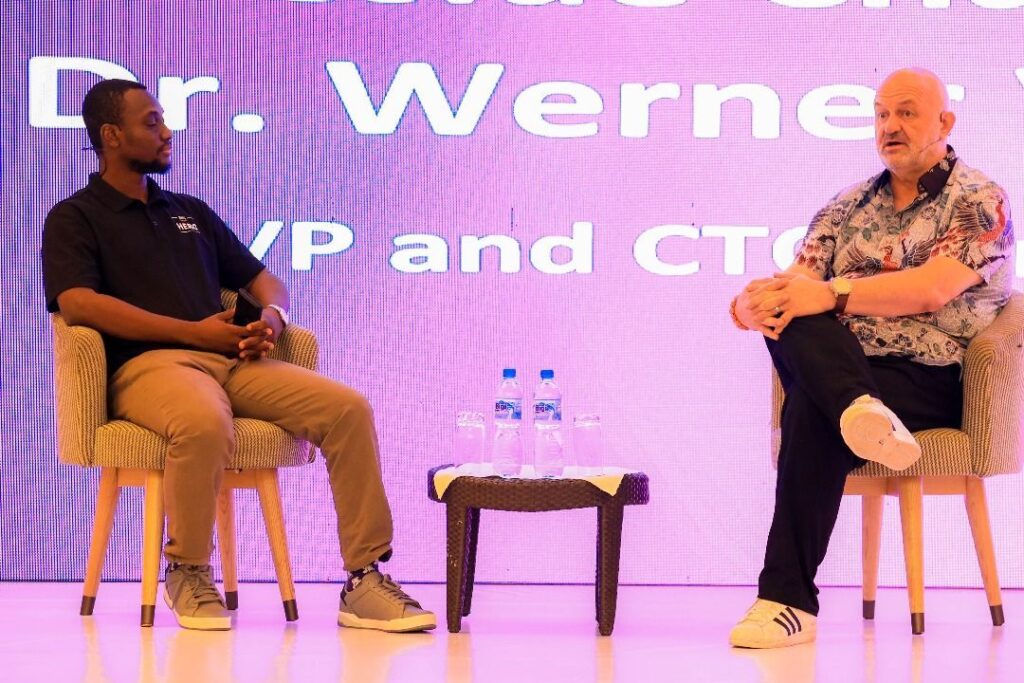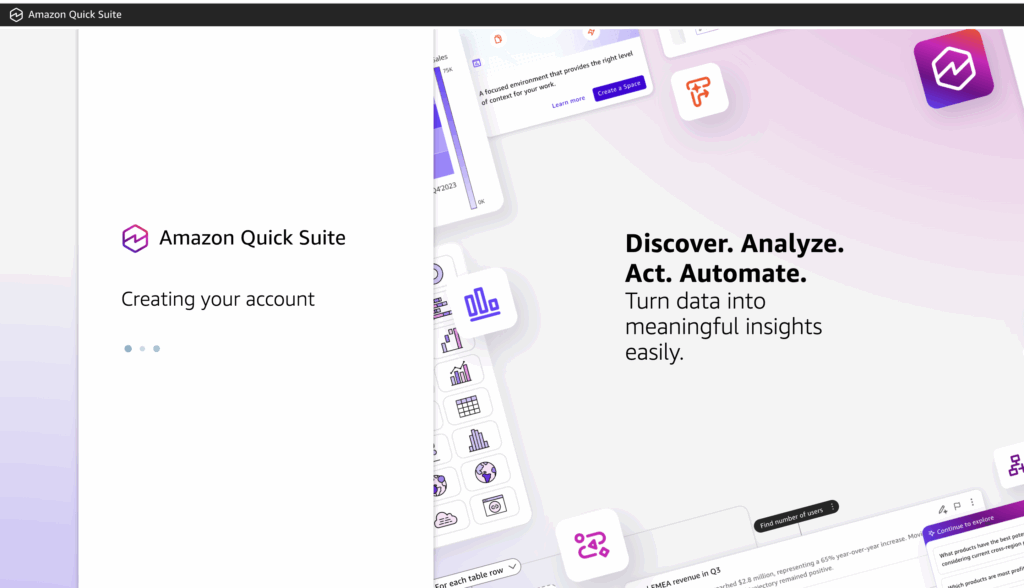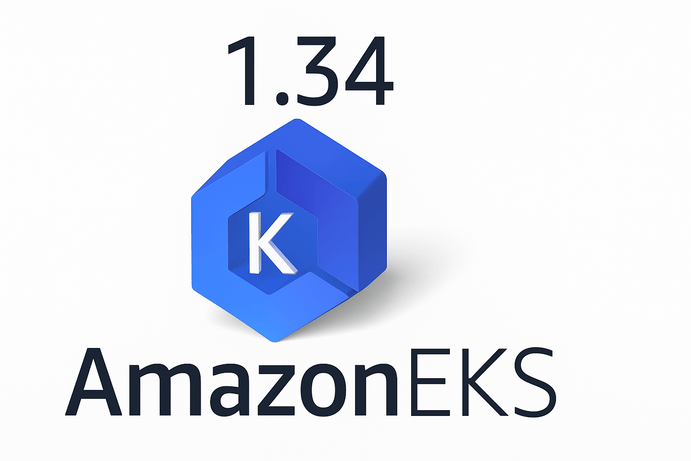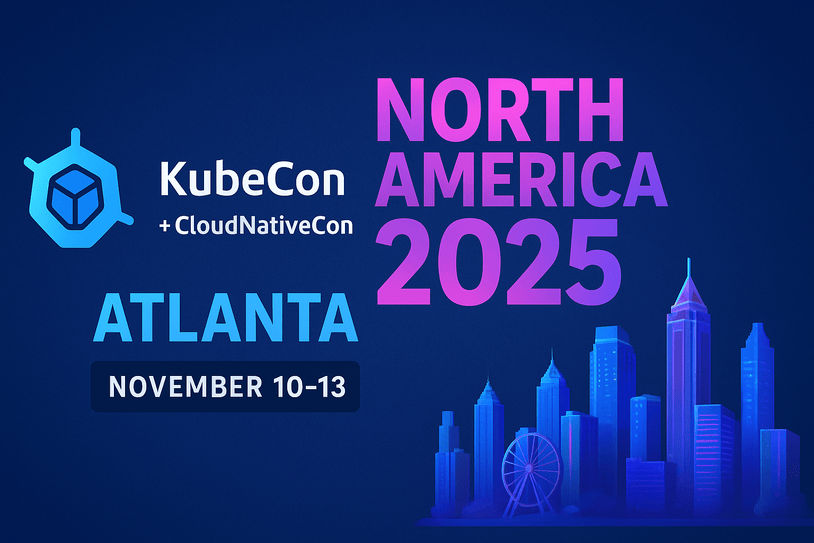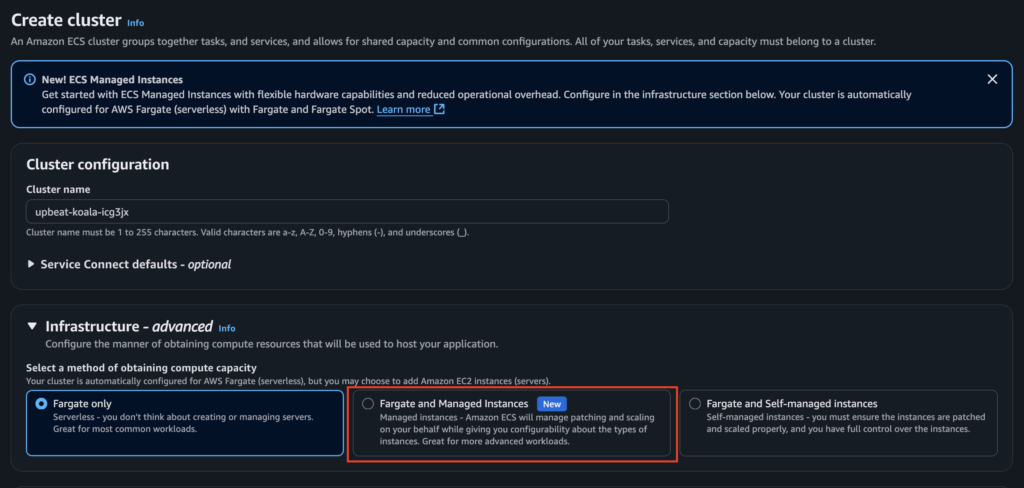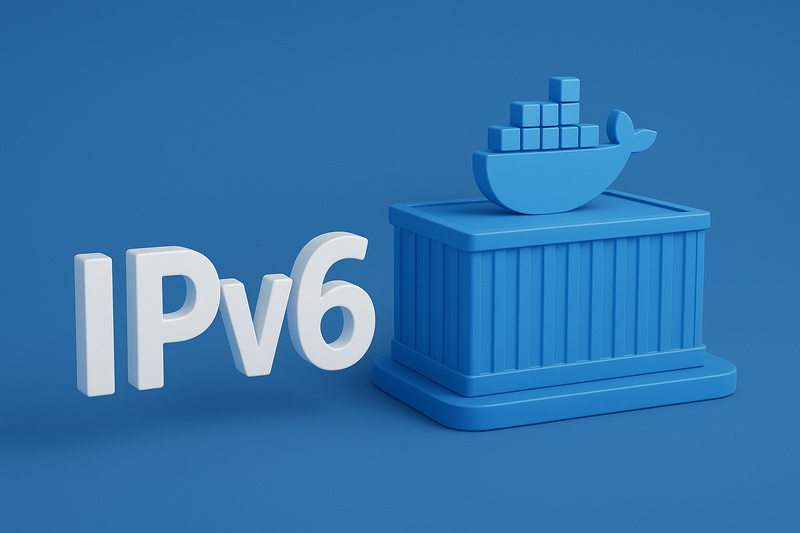AWS Builder’s Day is a special AWS event organized by AWS in different parts of the world that brings builders together to engage in a workshop and build something tangible using AWS services. This time the focus was on using Amazon Q Developer with a workshop to get builders hands-on to build. As part of the day’s activities was a one-on-one session with Werner Vogels, Vice President and CTO of Amazon (and AWS) by extension.
Do not allow the Media to determine your architecture
In this aspect, Werner addressed the idea of companies trying to copy the technological implementation of another company, or following trends in technological innovations without understanding the purpose of those architectures and implementations. Reading and learning about those technologies is good and very important to do. Still, the knowledge should aid and inform your technology implementation choices, as well as help you understand the nuances of your business, economy, systems, and surroundings. He opined that some of the media content written is for marketing purposes and might not always explain the true implementation of an architectural principle. Caution should be taken when absorbing such content. He explained how, at Amazon, they learned separation of concerns at scale when the Accounts database and Customers database were affecting the user experience during shopping. They learnt that during peak periods, there were huge customer transactions, and both account and customer database were in a single instance of the database. With this knowledge, they eventually had to split both to improve the speed of Amazon. This automatically improved the performance of the entire system.
This further buttressed the concept of understanding your system and the uniqueness of the architecture you are building, and solving for your unique challenges when issues arise.
He went to talk about Simplexity, which is a concept he spoke mostly about at re: Invent 2024.
Simplexity and breaking down services

Simplexity, as described by Werner Vogels, embodies the principle of managing and mastering complexity in large-scale systems by presenting simplexity at the surface. In the world of cloud computing and distributed architectures, systems are inherently complex, comprising numerous moving parts like microservices, databases, load balancers, networking layers, security protocols, and global failover mechanisms. However, Vogels emphasizes that this complexity should not be exposed to the end user or even to the application developer. Instead, the role of architects and platform engineers is to abstract away the chaos and provide simple, reliable, and intuitive interfaces that enable rapid development, high availability, and scalability. Simplexity doesn’t imply that the system is easy internally—it means that the underlying complexity is well-managed, hidden behind thoughtful design, automation, and robust APIs. This concept is central to how AWS designs its services: customers interact with simplified controls like “launch an EC2 instance” or “store an object in S3,” while AWS handles the orchestration, replication, fault tolerance, and optimization in the background. By embracing simplexity, technology becomes more accessible, scalable, and maintainable, empowering developers to build sophisticated solutions without needing to deeply understand every layer of the infrastructure. It’s this balance between internal sophistication and external simplexity that enables innovation at speed and scale in the cloud era.
AI Predicts, Humans Decide
With the adrenaline rush in AI, everyone is not sure what direction they should look at or what they should focus on. Werner broke things down in this part. He explained that AI is a predictor and tries to guess the word based on the prompt it is given. He explained that Amazon has been using AI for a long time for purchase recommendations, and the rise of GenAI has brought in new frontiers. But he strongly advised engineers and builders not to be carried away by the media hype, but to be focused on what AI really means and what it can harness. He made this bold statement that “AI Predicts and Humans Decide” to make it clear to engineers that AI is good and can improve your work as an engineer, but at best it will help you predict the next word, sentence or code block, but humans (at least for now) will have to make the final decision to take action based on what AI has predicted or generated (in terms of generative AI). He stressed that the human touch is still important and relevant in building and creating products and services. So we need to understand the place of AI and the place of the human touch in different fields of endeavour and utilize it wisely.
Conclusion
My session with Werner Vogels was one with mixed feelings because we did not have enough time to delve into other interesting topics that I wanted us to talk about, and it was also exciting to get his feedback on some confusing perceptions and fears circulating in the technology community about artificial intelligence and its rise. He was also able to pour out his wealth of experience with change in architecture decisions that were made at Amazon and AWS, which are lessons engineering could learn from to improve their work.

